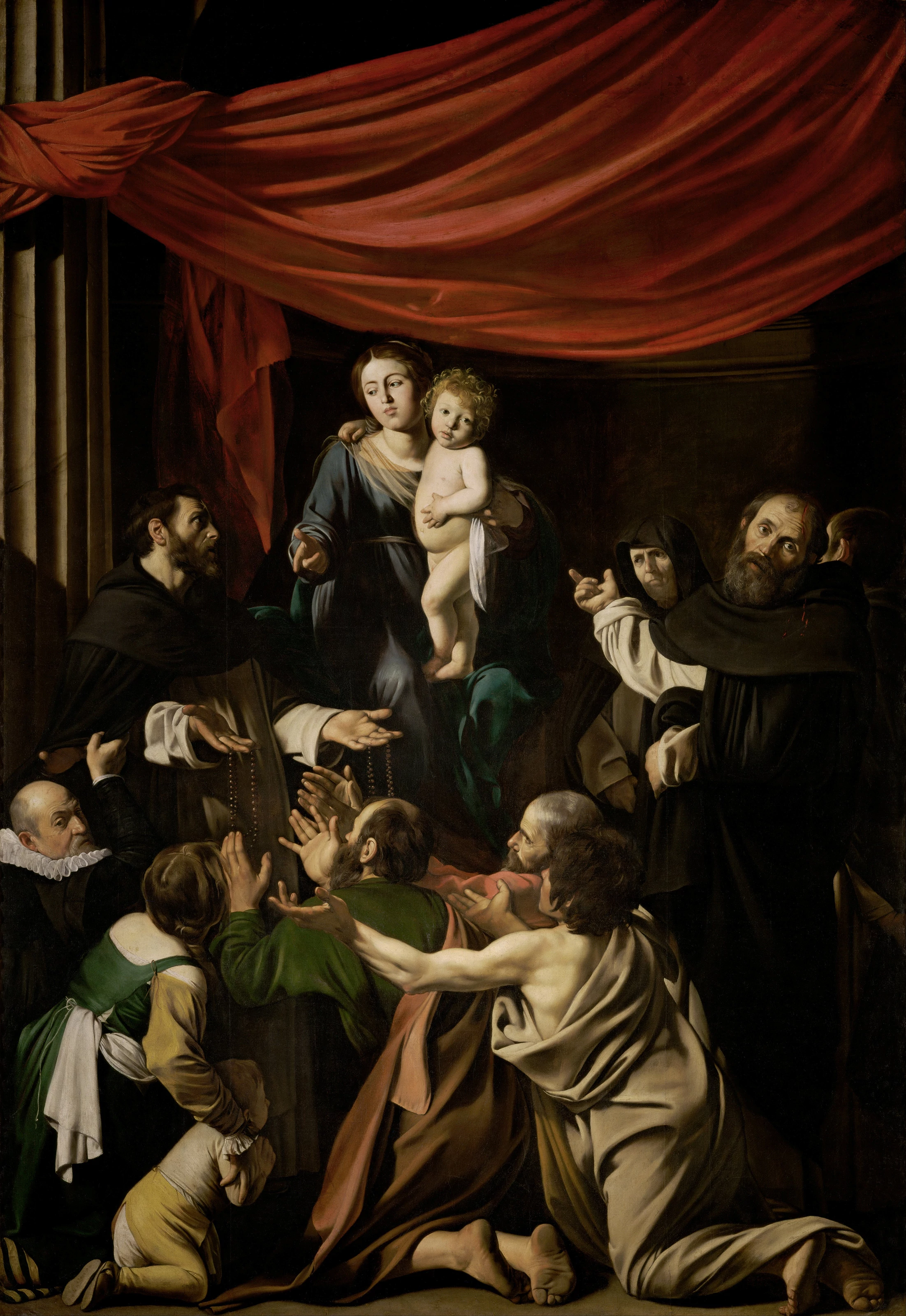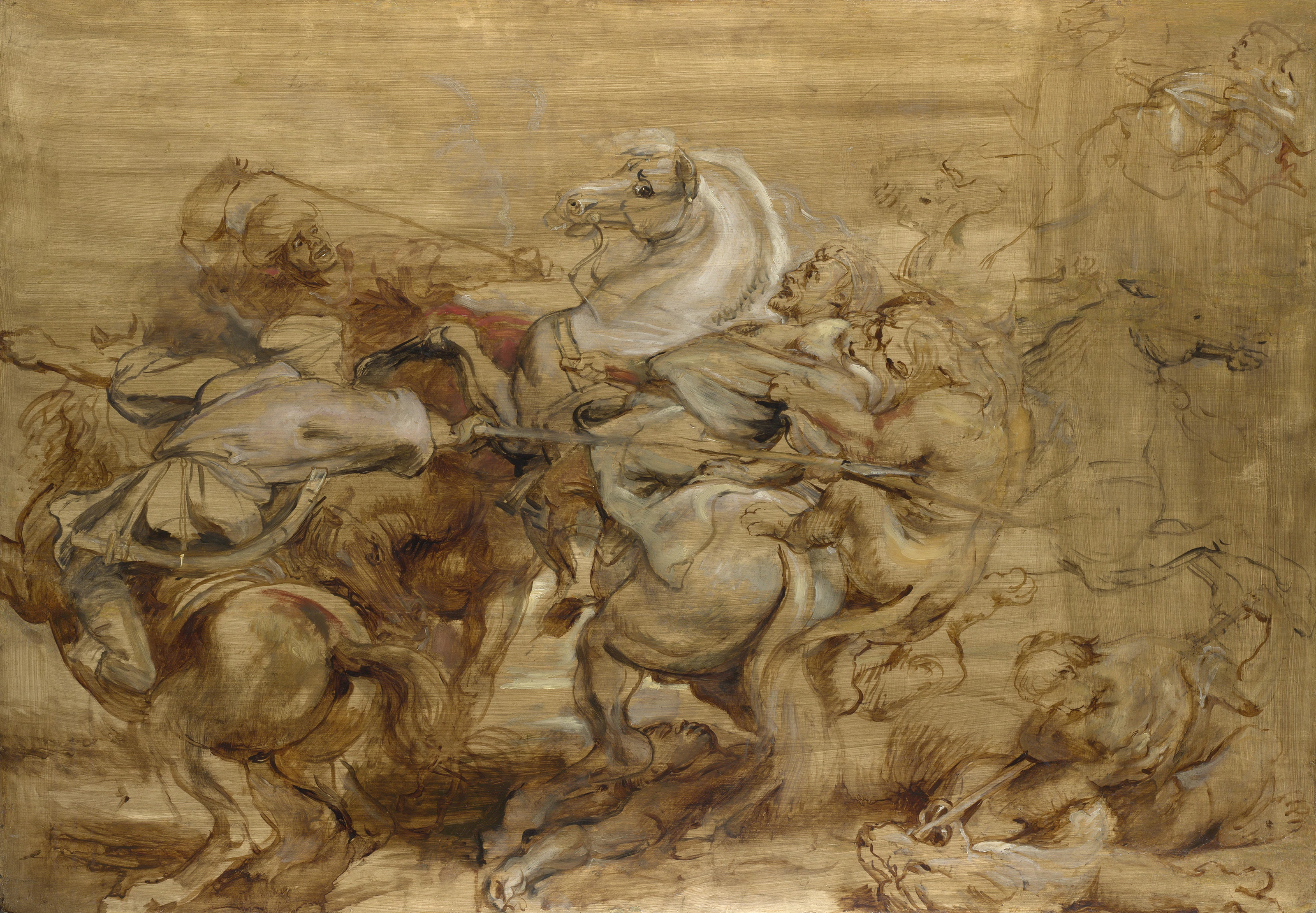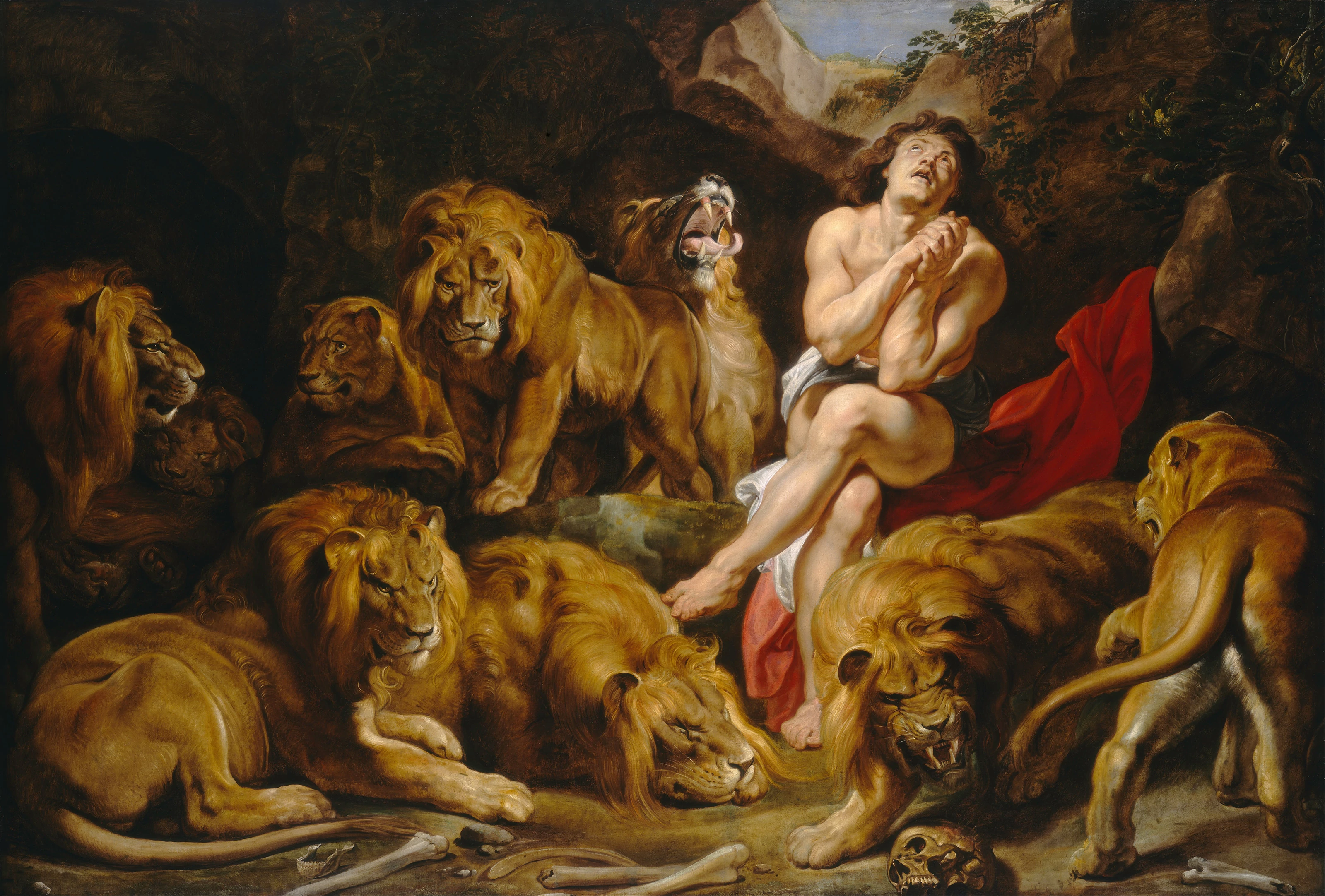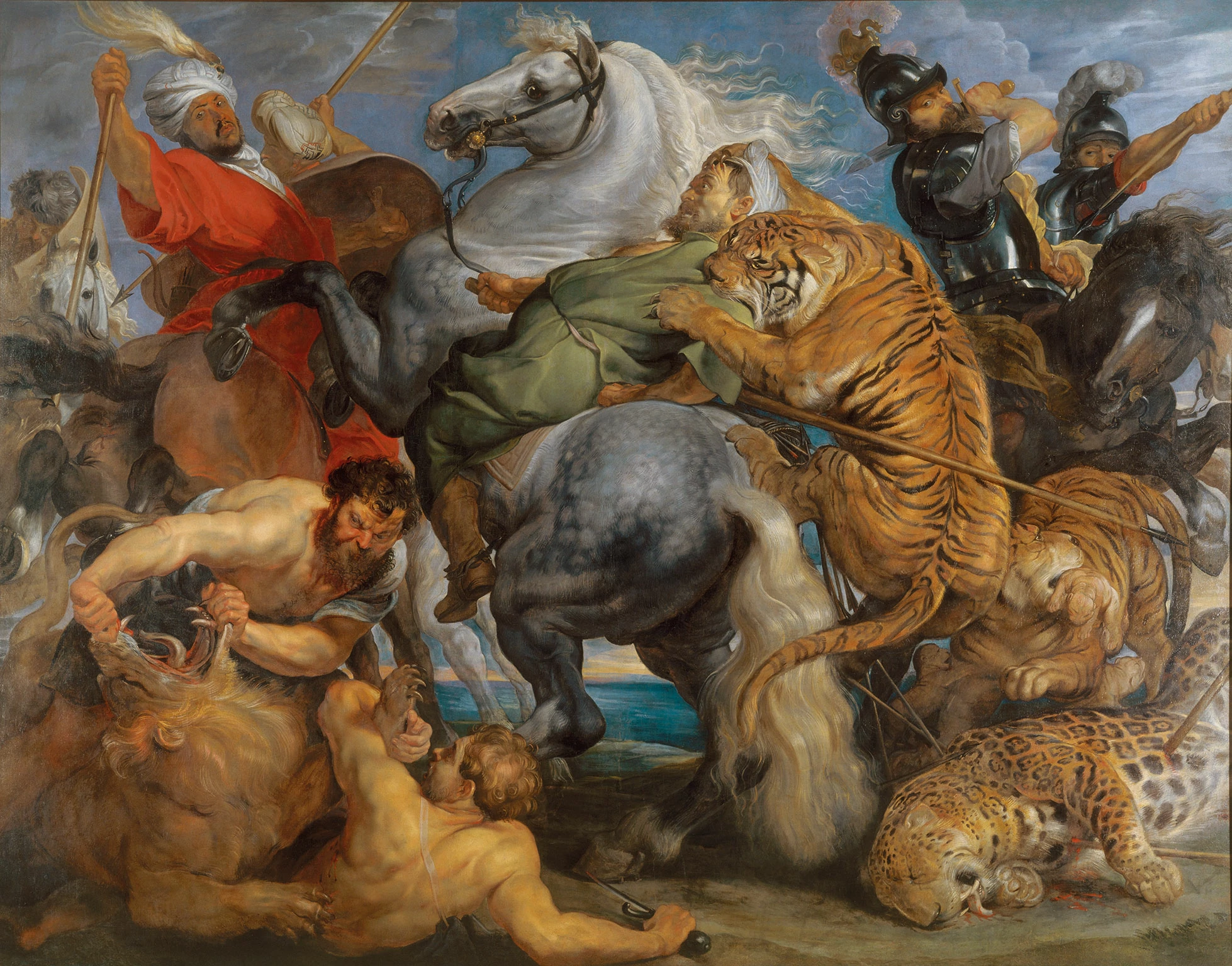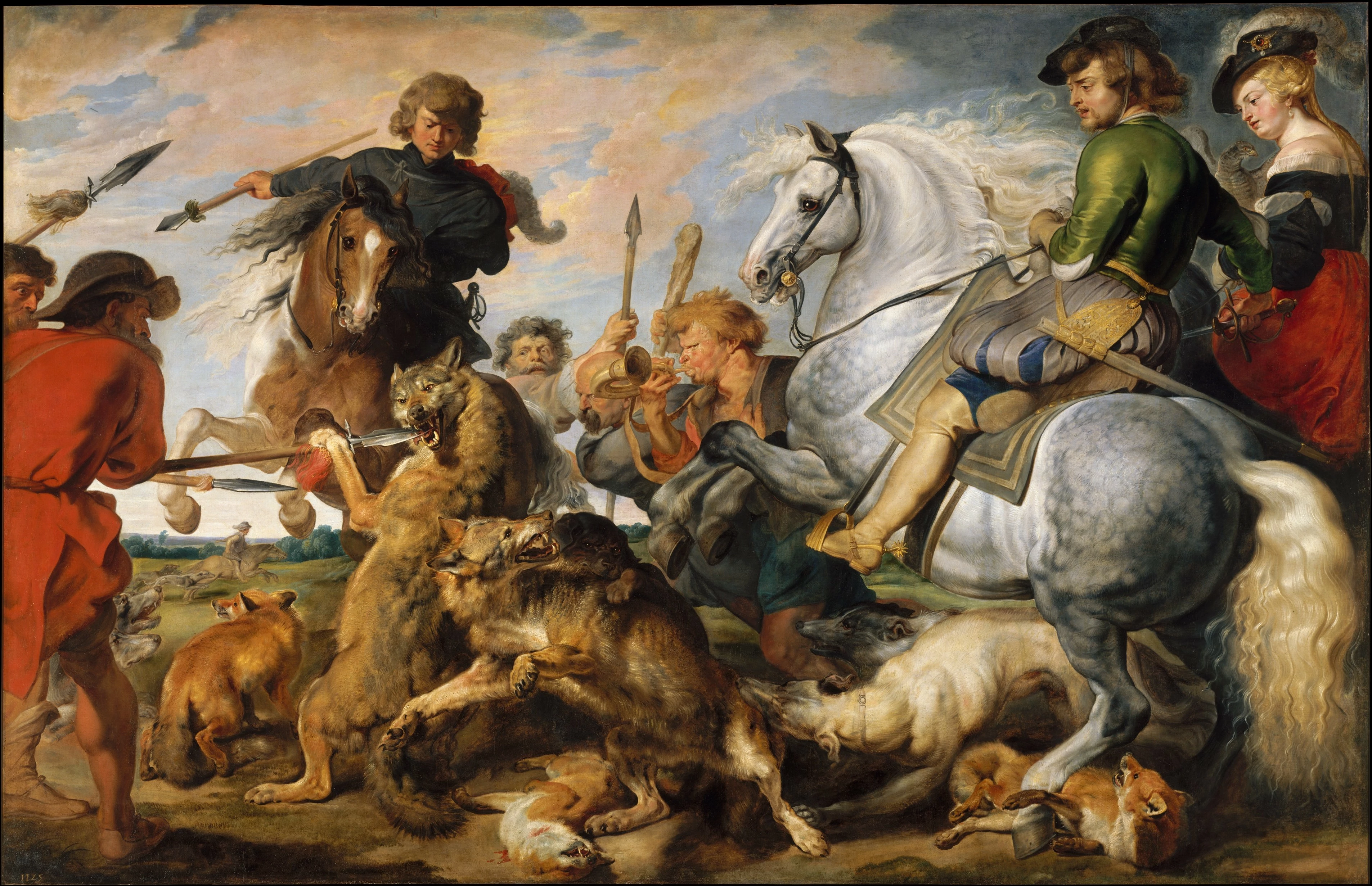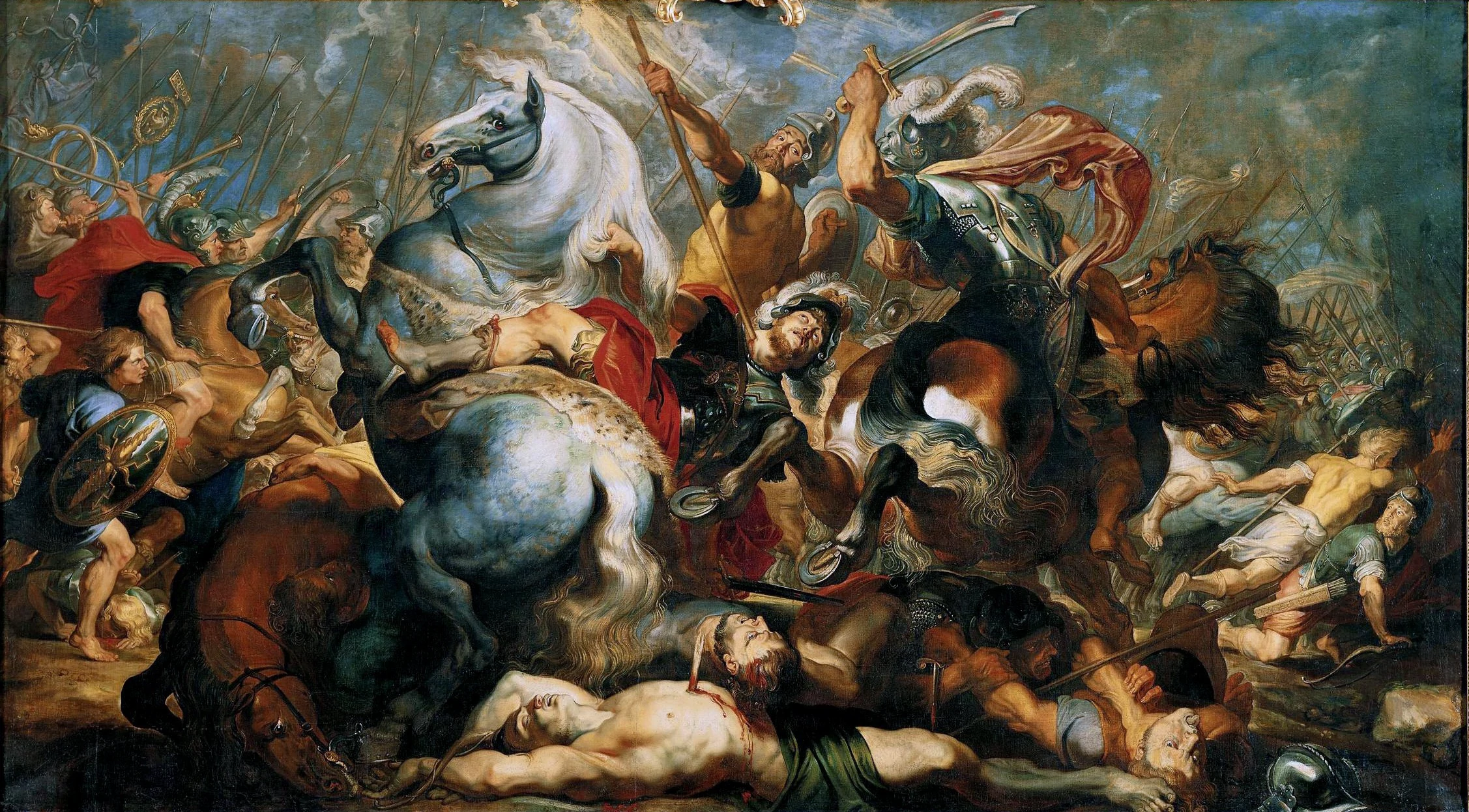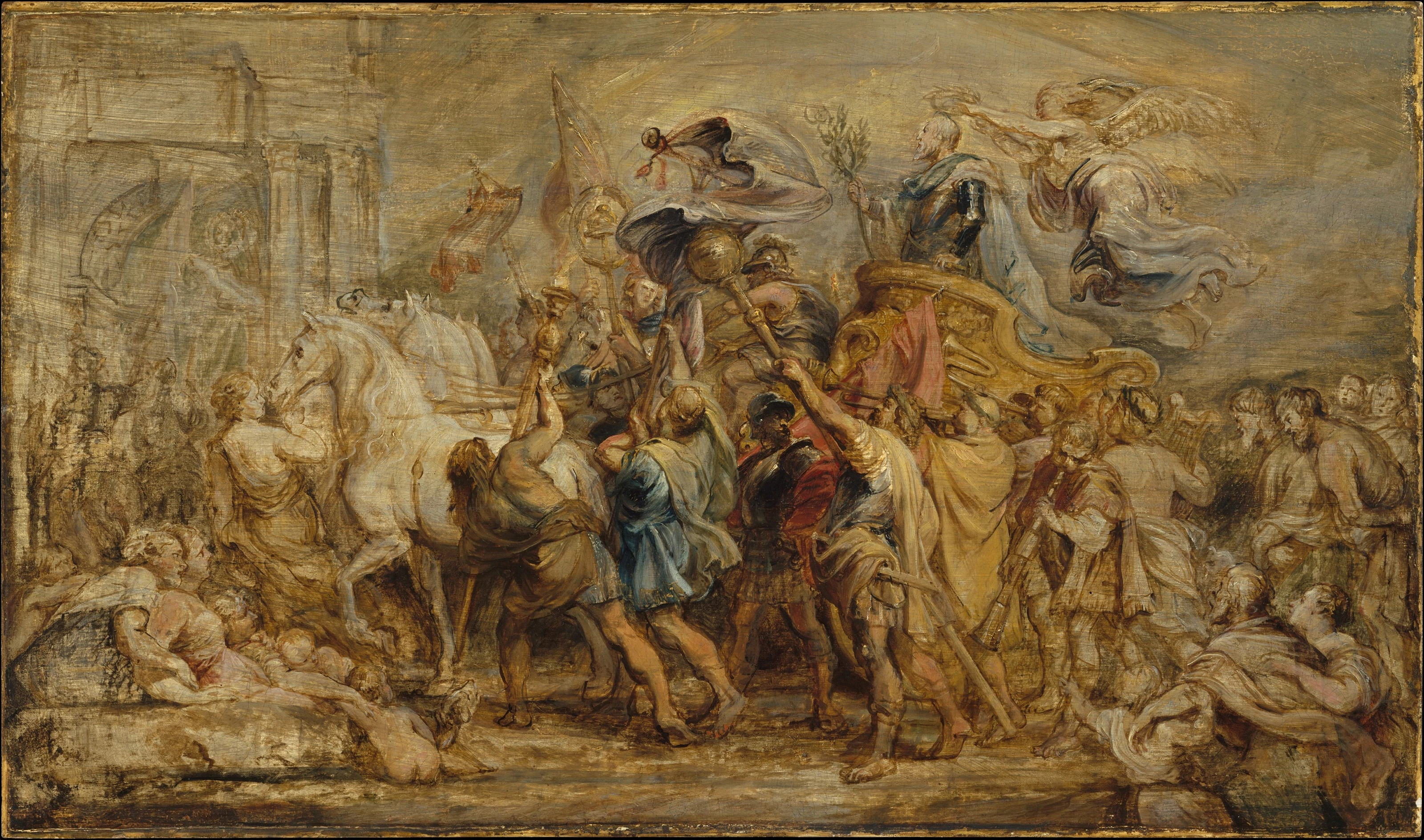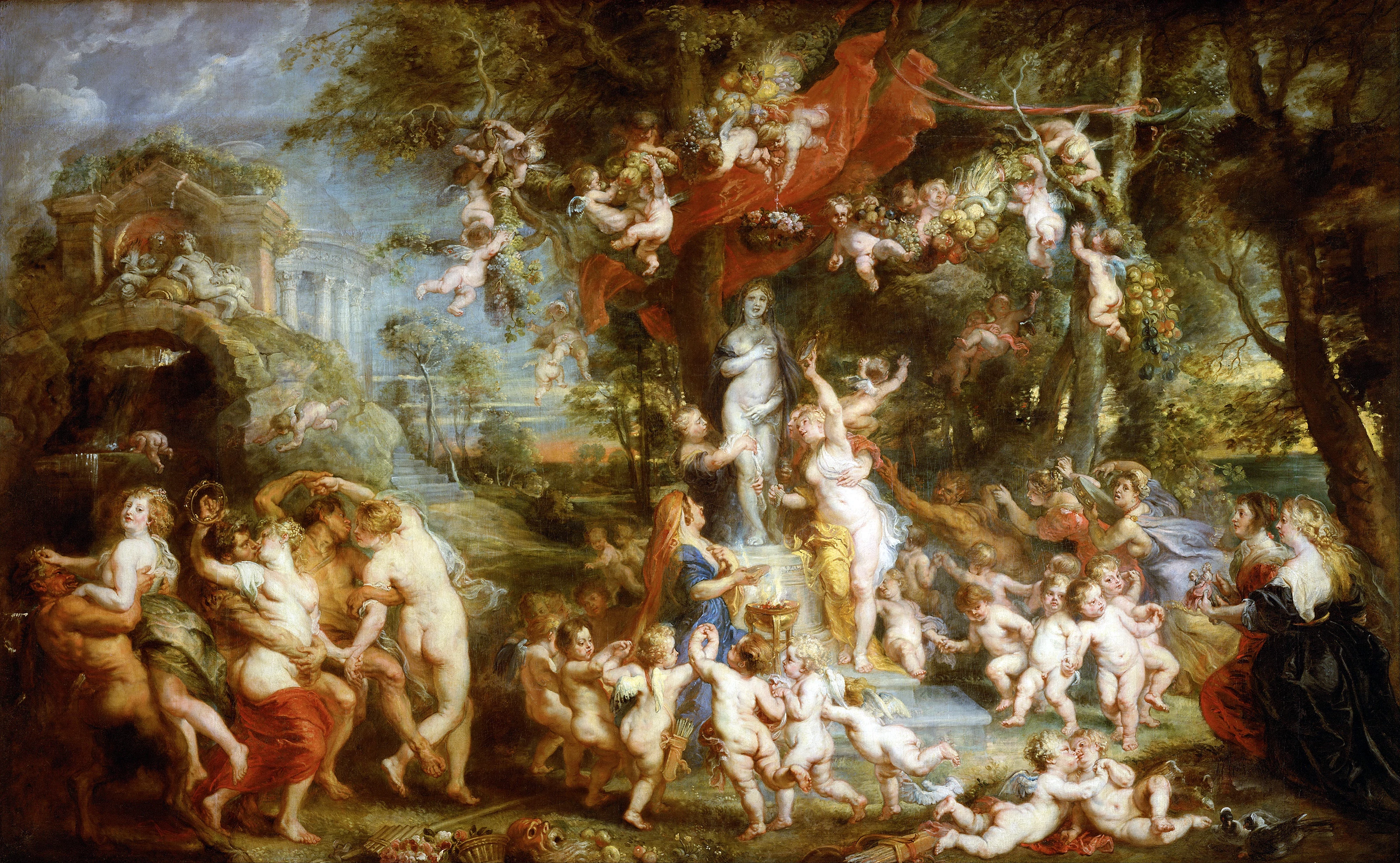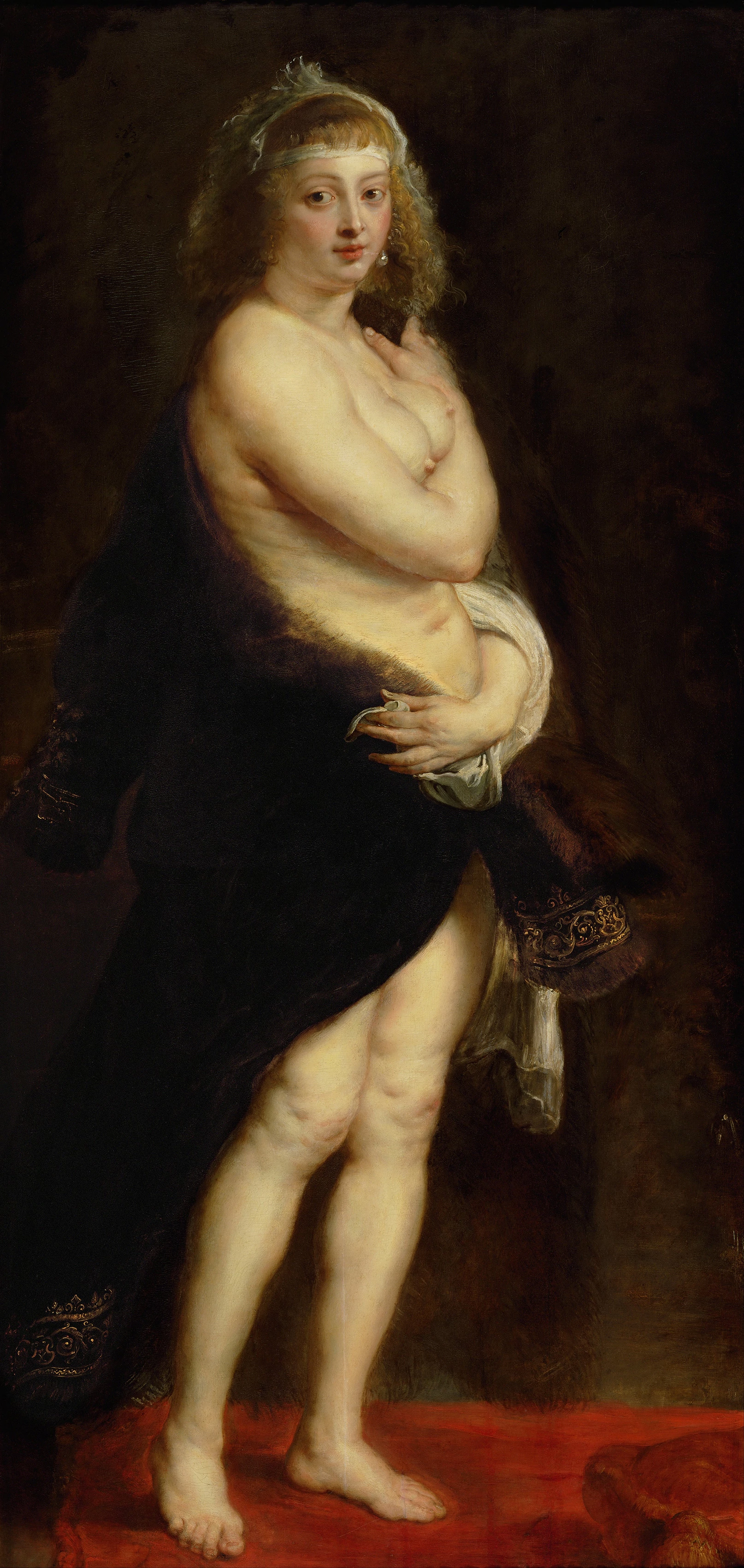Peter Paul Rubens
Great painter, perfect entrepreneur

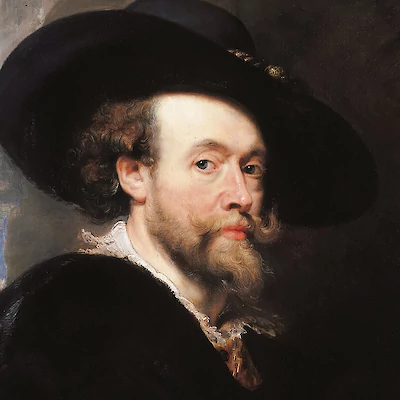


Obelisk sometimes gravitates to artists whose lives were violent, dramatic, even tragic. They make good stories. But every now and then someone like Rubens comes along and does everything right. His talent was extraordinary, and his life was awesome. All we can do is stand back and slow clap.
Peter Paul Rubens would be perfectly at home in the contemporary world of entrepreneurship. In the 17th century, a painter of Rubens status didn’t work alone, but managed a studio—producing a massive quantity of artworks for wealthy patrons. Talent had to be balanced by business savvy and a keen eye for popular taste. Rubens didn’t just paint, he knew how to sell painting.
As a young man, Rubens first trained as an artist in Siegen, Germany, then traveled to Rome to study the masters of Italian painting. Rome was Rubens’s boot camp. He spent 8 years copying the seminal works of the Renaissance, honing his already considerable skills.
Rubens moved to Antwerp in 1608, to visit his Mother on her deathbed. She died before he arrived, but Rubens stayed and put down roots. Within a year he was made a court painter for the Archduke Albert and his wife Isabella. By 33, Rubens was a model entrepreneur. He married, and purchased a home in a wealthy, fashionable part of Antwerp. He expanded his studio, taking on the many assistants and support staff required to produce enormous altarpieces at scale. He woke at 4am to work twelve solid hours before going riding to stay fit. And he carried himself as the eminent professional he was, generous, courteous, and famously composed in his business dealings. It didn't hurt that Rubens was also tall, dark, and handsome.
As his renown increased, so did his production. In a catalog of his works by Michael Jaffe, 1,403 artworks are attributed to Peter Paul Rubens, not including the numerous copies produced by his workshop. Rubens skillfully played to the tastes of the day, hitting all the blockbuster themes: mythological scenes, landscapes, religious work, and so many full-figured women that the term Rubenesque was coined to describe them. Rubens even pioneered new genres with his series of hunts—massive paintings of royals combating exotics beasts, all at an enormous physical scale designed to only fit within the largest and grandest of palaces.
Rubens commissions soon extended beyond the Netherlands. In 1622 he was commissioned by Maria de Medici, where he was quickly forced to hone a new skill set—the political maneuver. Cardinal Richelieu hated him, Maria was unpredictable, and the project eventually fell apart, leaving many works uncompleted. But Rubens still brought home a commission.
After the death of his first wife in 1625, Rubens traveled again, this time wielding his skill in painting as a diplomatic tool. He traveled to England to work for King Charles I. In both France and England, Rubens arrived as a painter and left as a confidant of the powerful and dangerous. In his travels he negotiated allegiances for Isabella Clara Eugenia, the governor of the Spanish Netherlands. In exchange, Isabella bestowed knighthood on her loyal painter, and the artist became Sir Peter Paul Rubens.
In 1630, Rubens decided to slow it down. He was 53 years old, healthy, rich, and single. He moved to his country house, the Chateau de Steen, and married a beautiful young woman. His new wife was Hélène Fourment, the 16 year old niece of first wife, and with this marriage he evolved from a man of business to a man of pleasure. Rubens still painted, but avoided commissions, preferring to create landscapes or portraits of young Hélène.
From his comfortable retirement, Rubens watched his legacy expand. Already many of his protégés were running successful studios. Cornelis de Vos continued Rubens’s portrait work in Antwerp, and Anthony van Dyck took his training from Rubens all the way to England where he became a leading court painter. Rubens had five children with Hélène, and died happy at age 62.
...
Got questions, comments or corrections about Peter Paul Rubens? Join the conversation in our Discord, and if you enjoy content like this, consider becoming a member for exclusive essays, downloadables, and discounts in the Obelisk Store.

